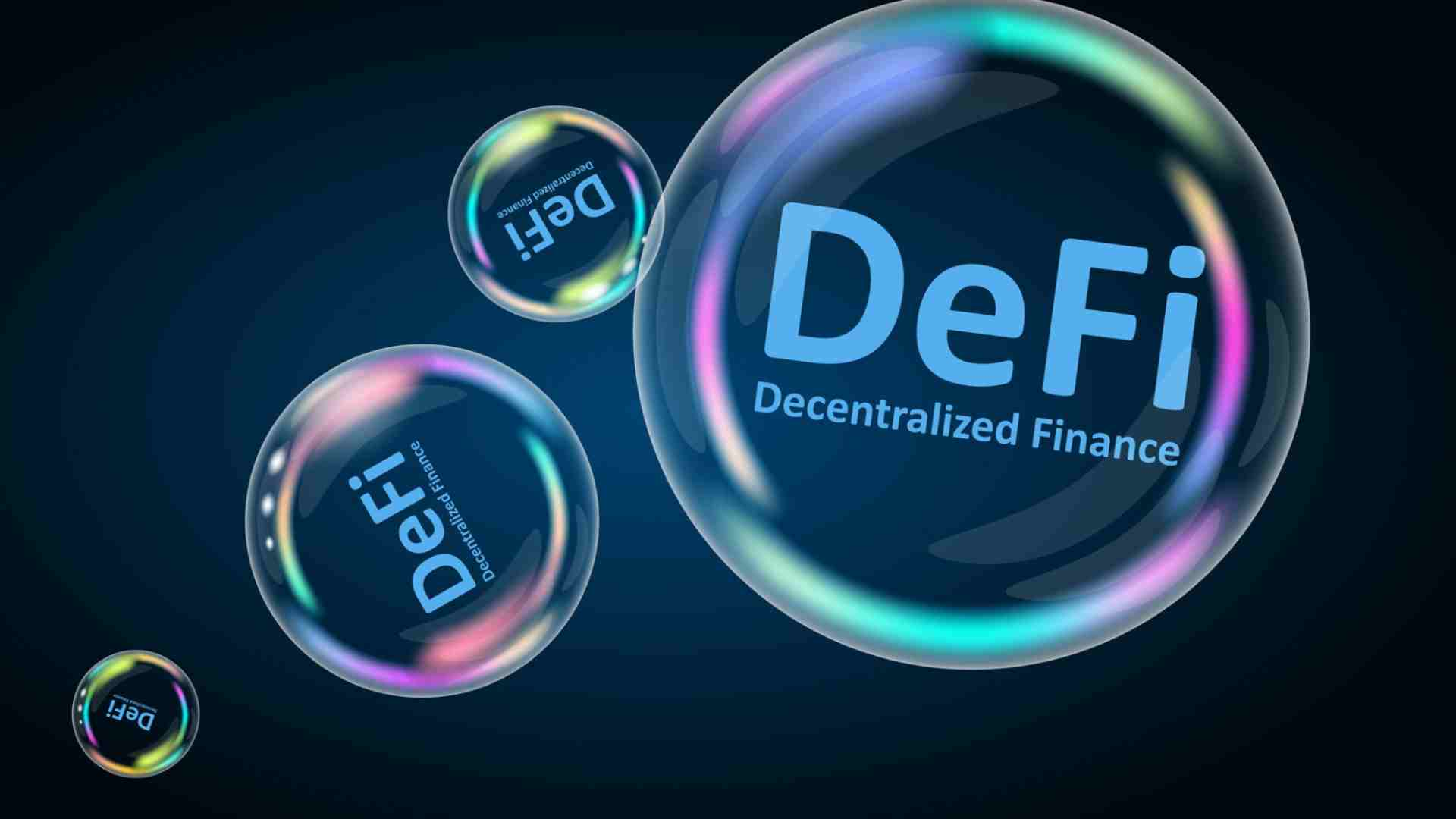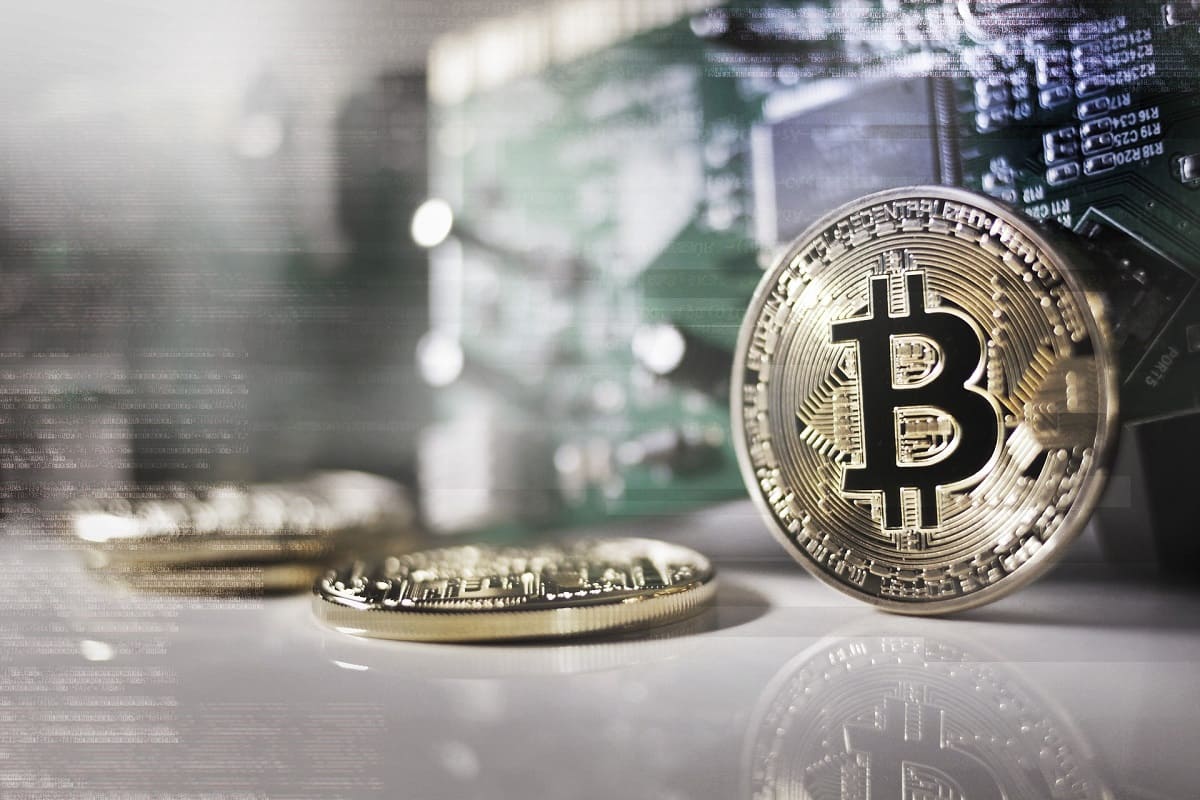
Diving into DeFi: Trading Decentralized Finance Tokens
DeFi, short for decentralized finance, has gained immense popularity in recent years for its promise of democratizing finance and providing open, borderless access to financial services. Trading DeFi tokens is at the heart of this ecosystem, offering countless opportunities for financial growth and innovation.
What is DeFi, and Why is it Important?
DeFi, or decentralized finance, represents a financial system built on blockchain technology. It aims to eliminate intermediaries, like banks, and give individuals more control over their financial assets. At its core, DeFi enables peer-to-peer transactions, lending, borrowing, and trading without the need for traditional financial institutions.
The Advantages of Trading DeFi Tokens
Trading DeFi tokens presents a myriad of benefits, including:
- Decentralization: DeFi operates on blockchain networks, which means there’s no central authority or intermediary controlling transactions.
- Accessibility: Anyone with an internet connection can participate in DeFi trading.
- Transparency: All transactions are recorded on a public ledger, ensuring transparency.
- Innovation: The DeFi space is a hotbed of innovation, offering unique financial products and services.
- High Returns: DeFi traders have the potential for substantial profits due to volatility and liquidity.
The Risks and Challenges
While the world of DeFi is filled with promise, it’s not without its risks and challenges. Some common concerns include:
- Security: Smart contract vulnerabilities and hacking incidents pose security threats.
- Regulatory Uncertainty: DeFi is a rapidly evolving space, and regulatory frameworks are still developing.
- Volatility: DeFi tokens can be highly volatile, leading to significant price fluctuations.
- Learning Curve: Understanding DeFi protocols and trading strategies can be complex.
Setting Up for DeFi Trading Success
Choosing the Right Exchange
Selecting the right DeFi exchange is crucial. Some popular options include:
- Uniswap: Known for its user-friendly interface and liquidity.
- SushiSwap: Offers yield farming and staking opportunities.
- Compound: A lending and borrowing platform.
Creating a Secure Wallet
Your wallet is your gateway to the DeFi world. Opt for a hardware wallet for added security. Some renowned hardware wallets include Ledger Nano S and Trezor.
Understanding DeFi Tokens
Before trading, it’s vital to understand the types of DeFi tokens:
- Stablecoins: Pegged to a stable asset like the US Dollar.
- Governance Tokens: Used for voting on protocol changes.
- Utility Tokens: Grant access to specific functions within a DeFi platform.
Risk Management
Successful DeFi trading involves proper risk management. Diversify your portfolio, set stop-loss orders, and never invest more than you can afford to lose.
Strategies for DeFi Trading
Yield Farming
Yield farming is a popular strategy where traders provide liquidity to DeFi protocols and earn rewards. Some yield farming platforms include Aave and Curve Finance.
Liquidity Provision
Liquidity provision is a pivotal strategy in the world of decentralized finance (DeFi) trading. This approach involves adding your assets to liquidity pools on DeFi platforms, allowing you to earn rewards in the form of fees. This table below provides a comparison of some popular DeFi platforms for liquidity provision, highlighting their key features and benefits:
| Platform | Features | Benefits |
| Uniswap | – User-friendly interface | – High liquidity |
| – Wide variety of tokens | – Attractive fees for liquidity providers | |
| – Constant updates | – Liquidity providers share trading fees | |
| – Well-established | – Participation in governance decisions | |
| – Decentralized | ||
| – Integration with wallets | ||
| SushiSwap | – Yield farming options | – Staking rewards |
| – Community-driven | – Enhanced yields through token incentives | |
| – Decentralized exchange | – Incentivized liquidity provision | |
| – Innovative features | – Competitive rewards for liquidity providers | |
| Balancer | – Customizable pools | – Liquidity provision with various assets |
| – Diverse asset options | – Earning trading fees and BAL token rewards | |
| – Self-balancing pools | – Automated portfolio management | |
| – Integration with wallets | – Flexibility in asset allocation |
Arbitrage Trading
Arbitrage trading capitalizes on price differences between different DeFi exchanges. Traders buy low on one exchange and sell high on another, making a profit from the price differential.
Exploring Advanced DeFi Trading Concepts
▪ Flash Loans
- Flash loans allow users to borrow funds without collateral as long as they repay the loan within one transaction. This can be a high-risk, high-reward strategy.
▪ Automated Market Makers (AMMs)
- AMMs are smart contracts that facilitate decentralized trading. They use algorithms to determine asset prices and execute trades automatically.
▪ Decentralized Exchanges (DEXs)
- DEXs are platforms that enable peer-to-peer trading. They differ from centralized exchanges by allowing users to maintain control of their private keys.
The Importance of Research and Analysis
Keeping Abreast of Market Trends
Stay informed about the latest DeFi developments, trends, and news. Join DeFi communities, read blogs, and follow experts on social media.
Analyzing Token Metrics
Analyzing token metrics is a fundamental aspect of making informed decisions in the fast-paced world of DeFi trading. When considering which tokens to trade or invest in, it’s crucial to assess key metrics that can greatly influence your success. Here’s a list of essential token metrics and what they signify:
- Market Cap: Market capitalization reflects the total value of a token. It provides insights into the token’s size and stability. Larger market caps often indicate more established projects, while smaller caps may present higher growth potential but come with increased risk.
- Trading Volume: Trading volume measures how frequently a token is bought and sold. High trading volumes typically indicate liquidity and an active market. Low-volume tokens can be illiquid and subject to significant price fluctuations.
- Circulating Supply: The circulating supply represents the number of tokens available in the market. A smaller supply can lead to scarcity and potential price appreciation, while a larger supply can contribute to price stability and utility.
- Token Utility: Understanding a token’s utility is paramount. Some tokens offer voting rights, governance participation, or access to specific platform features. The utility of a token can directly impact its value and long-term potential.
- Token Age: The age of a token in the market provides insights into its maturity and track record. New tokens may offer high growth potential but come with increased uncertainty, whereas older tokens may be more stable but offer limited room for substantial gains.
- Project Team: Assess the credibility and expertise of the project’s development team. A strong and experienced team can instill confidence in the project’s success and its ability to navigate challenges effectively.
- Partnerships: Partnerships with reputable organizations can enhance a token’s credibility and utility. They often signify long-term viability and growth potential, as well as a network of support.
Risk Assessment
Evaluate the risks associated with each DeFi project. Look for audits, security measures, and community reviews.
Regulatory Compliance
The Importance of Compliance
While DeFi aims to be decentralized, it’s essential to understand and comply with the regulations in your jurisdiction.
Tax Implications
DeFi transactions may have tax implications. Consult a tax professional to ensure compliance with tax laws.

